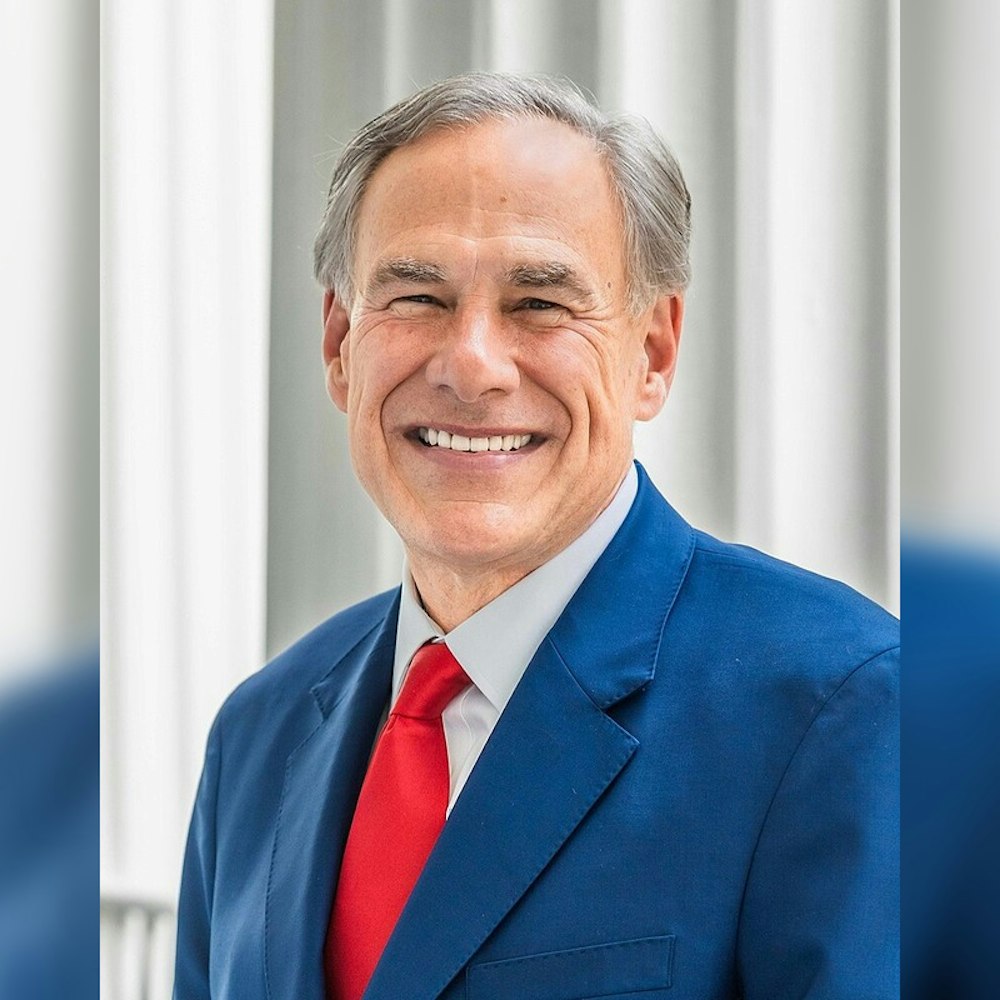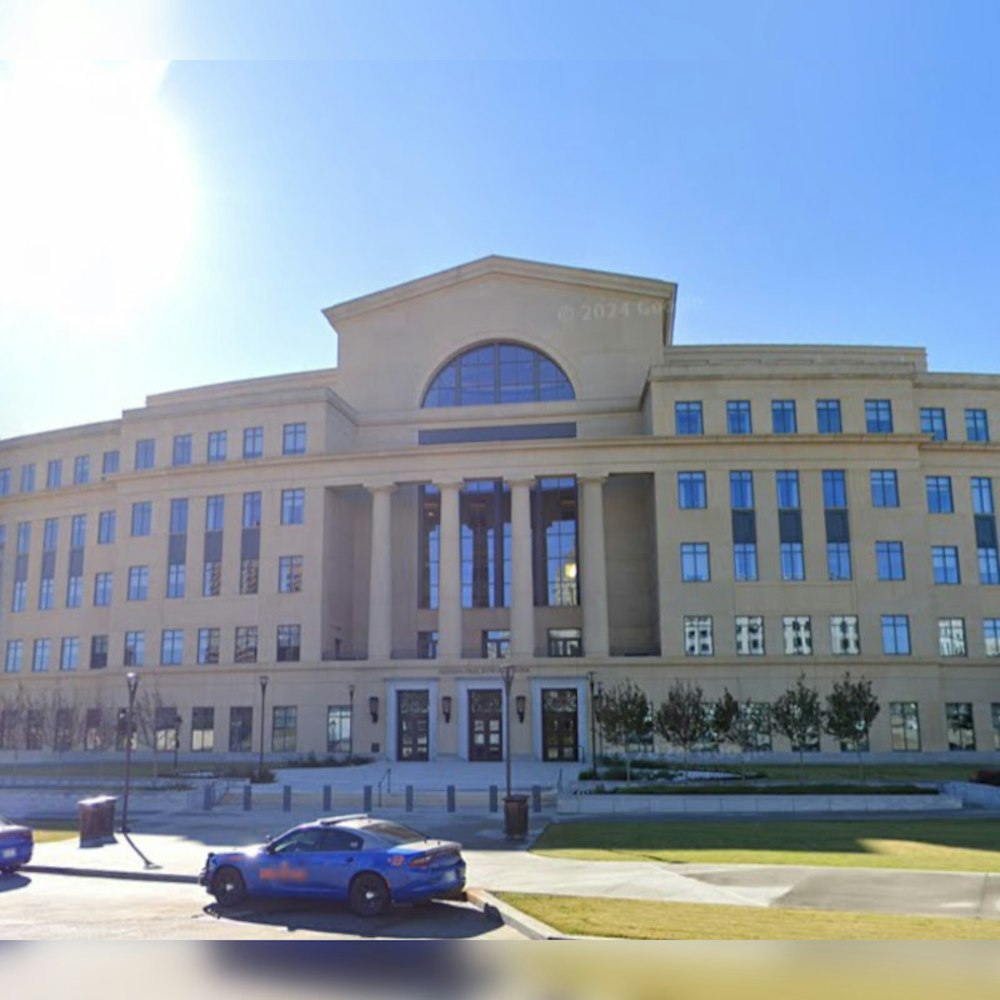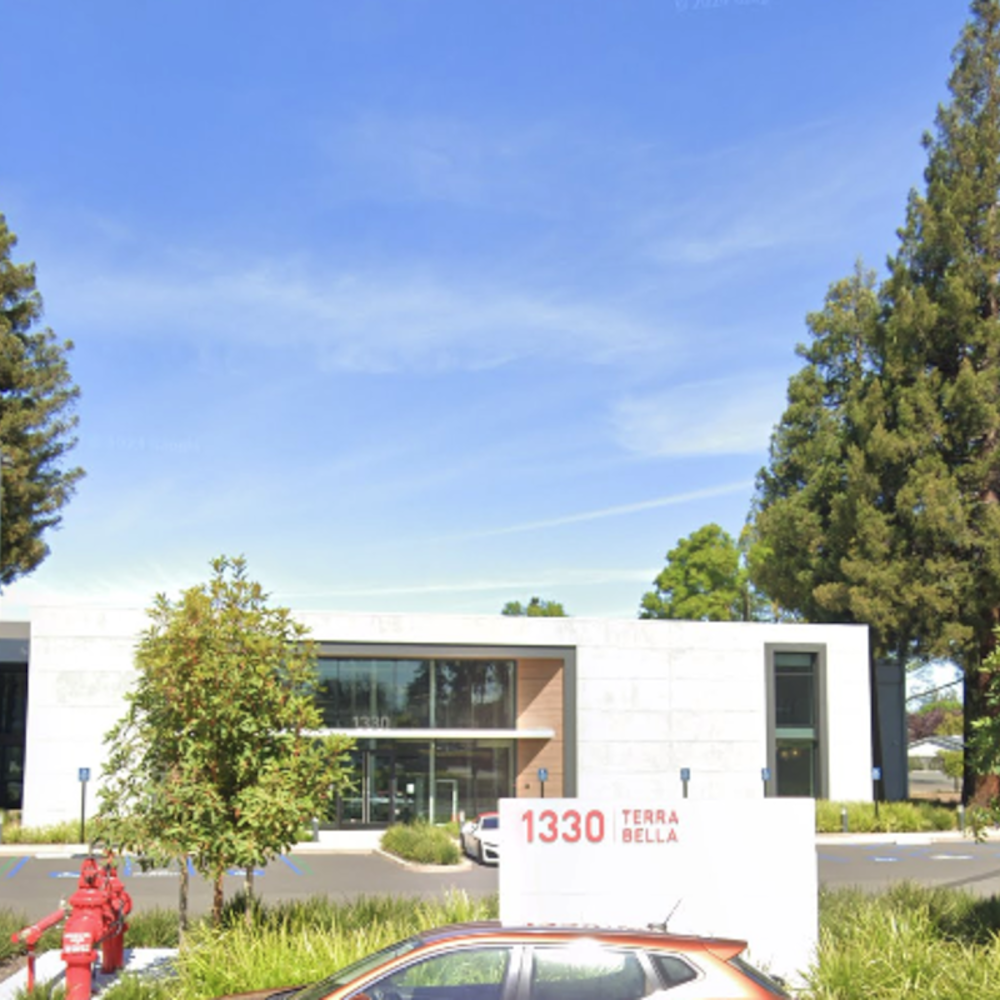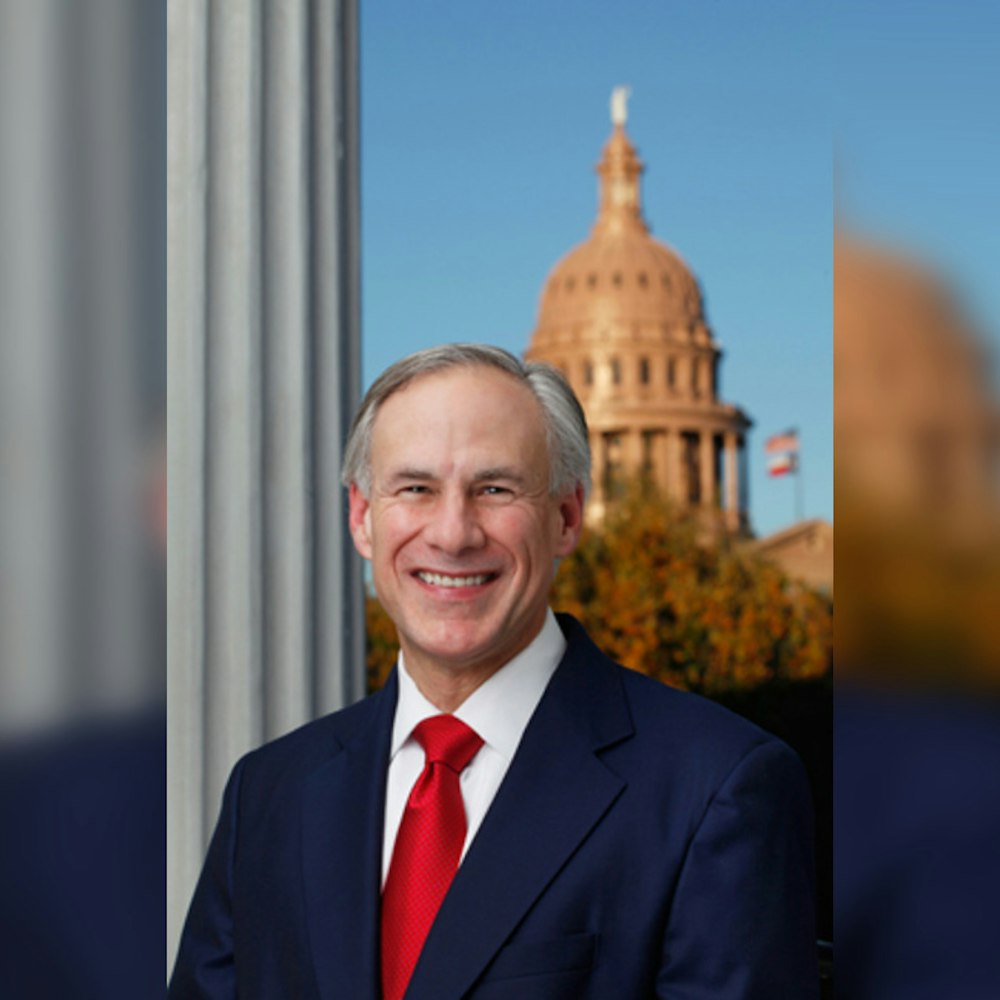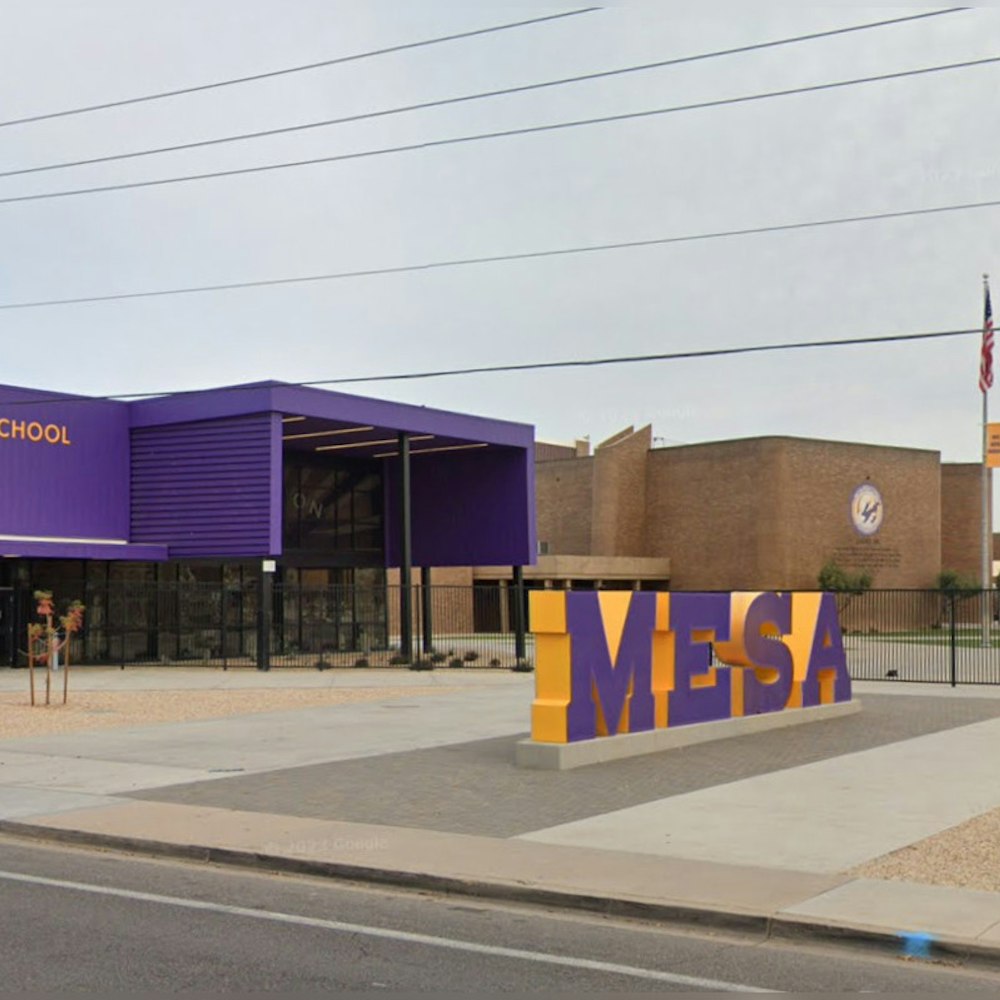
In a shift that could ease pressure on the Federal Reserve to keep interest rates sky-high, April saw U.S. employers take a breather from their hiring frenzy adding a modest 175,000 jobs, a drop from March's soaring 315,000, numbers released by the government showcased a hiring gain that missed the mark set by economists who had forecast a 233,000 gain for April.
Despite the hiring dip, the Fed might find some comfort in the fact that wage growth also lost some steam last month, rising a scant 0.2% from March and marking a 3.9% increase from the year prior, the smallest annual gain since June 2021, these figures signal that the relentless job market could be cooling off amidst the central bank's battle against inflation which has seen interest rates parked at two-decade highs. According to a statement obtained by WABE, Rubeela Farooqi, chief U.S. economist at High Frequency Economics, voiced that "Current readings also support the view that rate cuts – and not hikes – are the base case scenario for the Fed this year."
The slowdown in job growth comes as the presidential campaign heats up, with voters feeling the weight of rising prices, many blaming President Joe Biden for the economic strain, despite April's hiring slowdown, job growth remains solid—the lowest monthly gain since October yet showcasing the resilience of the U.S. job market with consistent consumer spending driving the demand for labor.
The employment uptick driven by healthcare, warehousing, and retail does little to hide that the overall growth is the weakest monthly total since December 2022 for government jobs, state and local governments failed to add any new positions, with Paul Ashworth of Capital Economics noting that state and local government revenue has recently slumped, "But it’s not like it was disastrous: 175,000 is still pretty strong, and unemployment below 4% is still pretty healthy," Michael Pugliese, senior economist at Wells Fargo, told WABE, as he projects a continuation of the hiring deceleration.
Meanwhile, the labor force participation rate holds steady at 62.7%, staying below pre-pandemic levels, WorkJam CEO Steven Kramer shared with WABE that companies are offering more shift flexibility, a seemingly vital aspect for workers navigating multiple jobs in a high inflation ecosystem. Onur Kutlubay, CEO of You Parcel, also confirmed the difficulty in finding skilled labor while unskilled positions are more readily filled—with a starting wage spike to $25 per hour from $16 in 2020 for skilled roles; the wage trend suggests workers are drifting towards gig jobs like Uber or DoorDash for added perks such as getting tips.
